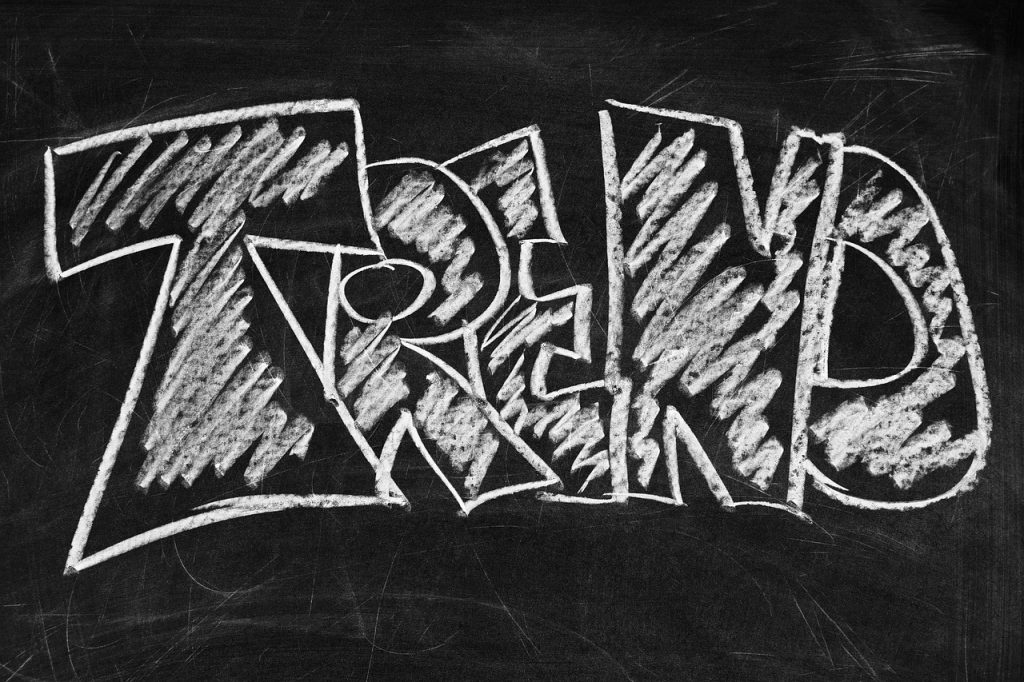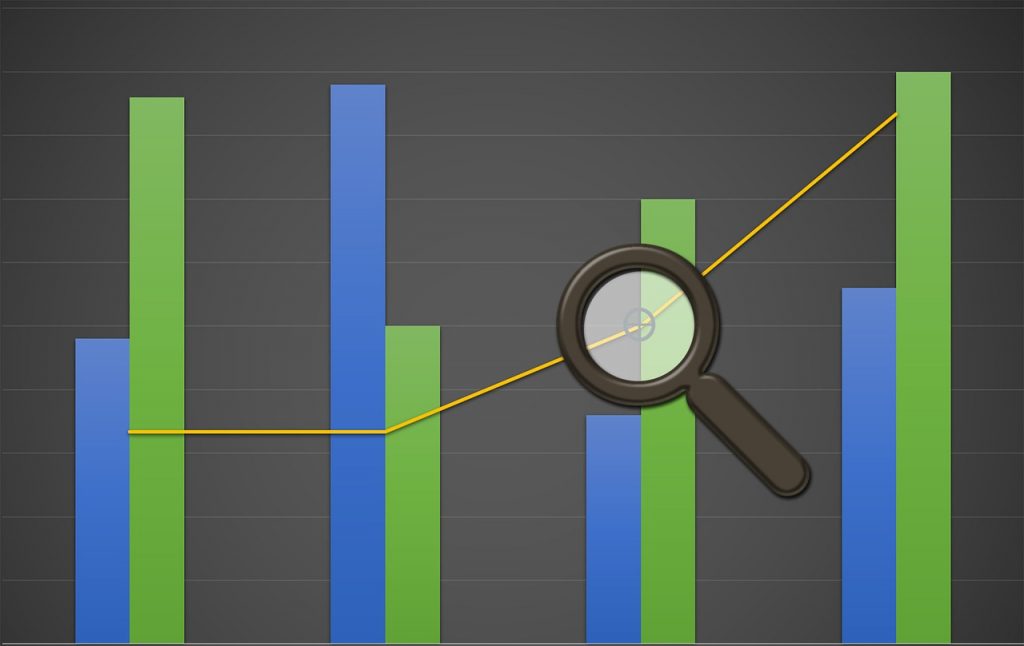Trends and Innovations

GUEST POST from Chateau G Pato
Transportation stands at the precipice of a seismic transformation. As urbanization frenetic paces, climate change looms large, and technology disrupts traditional models, transportation must pivot to more innovative, sustainable, and efficient systems. Let’s take a journey into the future of transportation and explore the trends and innovations reshaping this critical sector.
Trends Shaping the Future of Transportation
1. Electrification and Sustainable Mobility
The electric vehicle (EV) revolution is well underway. Governments worldwide have set ambitious goals to phase out internal combustion engines. The drop in battery costs and improvements in charging infrastructure are making electric vehicles more accessible. Sustainable mobility also includes the rise of active transport modes like biking and walking, supported by comprehensive urban planning that promotes compact, walkable communities.
2. Autonomous Systems
Autonomous vehicles (AVs) promise to revolutionize transit by reducing accidents caused by human error and improving traffic flow. These systems are not just confined to personal vehicles; autonomous buses, trucks, and even drones are on the horizon. They bring a leap in efficiency and herald significant cost reductions for logistics and public transport.
3. Urban Air Mobility (UAM)
Urban air mobility includes the use of drones and electric vertical takeoff and landing (eVTOL) aircraft for passenger and goods transport. Eying on reducing urban congestion, this emerging sector sees companies like Uber and Airbus experimenting with aerial ridesharing and freight delivery solutions.
4. Mobility as a Service (MaaS)
The concept of Mobility as a Service integrates various forms of transport services into a single accessible on-demand platform. With the goal of smoother, more efficient urban travel, MaaS platforms convey a shift from individual car ownership to shared, multi-modal transport solutions.
Case Study 1: Tesla and The Electrification of Personal Mobility
Undoubtedly, Tesla has become synonymous with the electric vehicle revolution. What sets Tesla apart isn’t just its sleek, high-performance cars, but its ecosystem approach to sustainable transportation.
The Innovation
Tesla’s key innovation lies in its battery technology and network of Supercharger stations that make long-distance travel feasible for electric cars. The company’s vertically integrated production process also helps reduce costs and maintain supply chain efficiency.
The Impact
Tesla’s achievements have prompted traditional automakers to accelerate their electrification plans, contributing to deadlines for phasing out gasoline and diesel cars globally. Furthermore, it has spurred innovation in renewable energy storage, creating synergies between the electric grid and transportation.
Future Prospects
Tesla is also developing autonomous driving capabilities with its Full Self-Driving (FSD) system. As the software matures, it could seamlessly integrate into various modes of transport, from high-speed underground tunnels to its futuristic Cybertruck.
Case Study 2: Waymo and The Next Frontier of Autonomous Mobility
Waymo, Google’s autonomous vehicle project, is a pioneer in self-driving technology. The company has made strides not only in developing competent AVs but in understanding the complexities of deploying them in real-world environments.
The Innovation
Waymo’s innovation lies in its comprehensive approach to autonomous driving. The company has logged millions of miles of autonomous driving, gathering vast amounts of data to refine its machine learning models. Waymo One, its ride-hailing service in Phoenix, Arizona, marks a significant milestone in commercial AV deployment.
The Impact
Waymo’s endeavors have set new benchmarks for the autonomous vehicle industry. The company’s progress has validated the feasibility of AV technology and laid the groundwork for broader acceptance and regulatory frameworks.
Future Prospects
Looking ahead, Waymo aims to expand its autonomous services to more cities and integrate them with existing public transport networks. This could substantially reduce commuting times, lower costs, and improve the passenger experience.
Conclusion
The future of transportation is being shaped by groundbreaking trends and innovative solutions. Electrification, autonomous systems, urban air mobility, and Mobility as a Service are not just technological advancements but steps toward a more sustainable, efficient, and resilient ecosystem. As seen through the examples of Tesla and Waymo, the integration of technology and visionary thinking can propel us into a new era of mobility.
Innovation in transportation is not just about moving people and goods from point A to point B; it’s about enhancing the quality of life, reducing our carbon footprint, and fostering connected communities. As we stand on the cusp of this transportation revolution, it’s crucial for stakeholders—from policymakers to technologists and consumers—to collaborate, adapt, and innovate for a better, more inclusive future.
By providing an in-depth look into transportation trends and spotlighting two key case studies, I aim to offer actionable insights into how the sector is evolving and what the future may hold.
SPECIAL BONUS: The very best change planners use a visual, collaborative approach to create their deliverables. A methodology and tools like those in Change Planning Toolkit™ can empower anyone to become great change planners themselves.
Image credit: Pixabay
 Sign up here to get Human-Centered Change & Innovation Weekly delivered to your inbox every week.
Sign up here to get Human-Centered Change & Innovation Weekly delivered to your inbox every week.

![]() Sign up here to get Human-Centered Change & Innovation Weekly delivered to your inbox every week.
Sign up here to get Human-Centered Change & Innovation Weekly delivered to your inbox every week.





